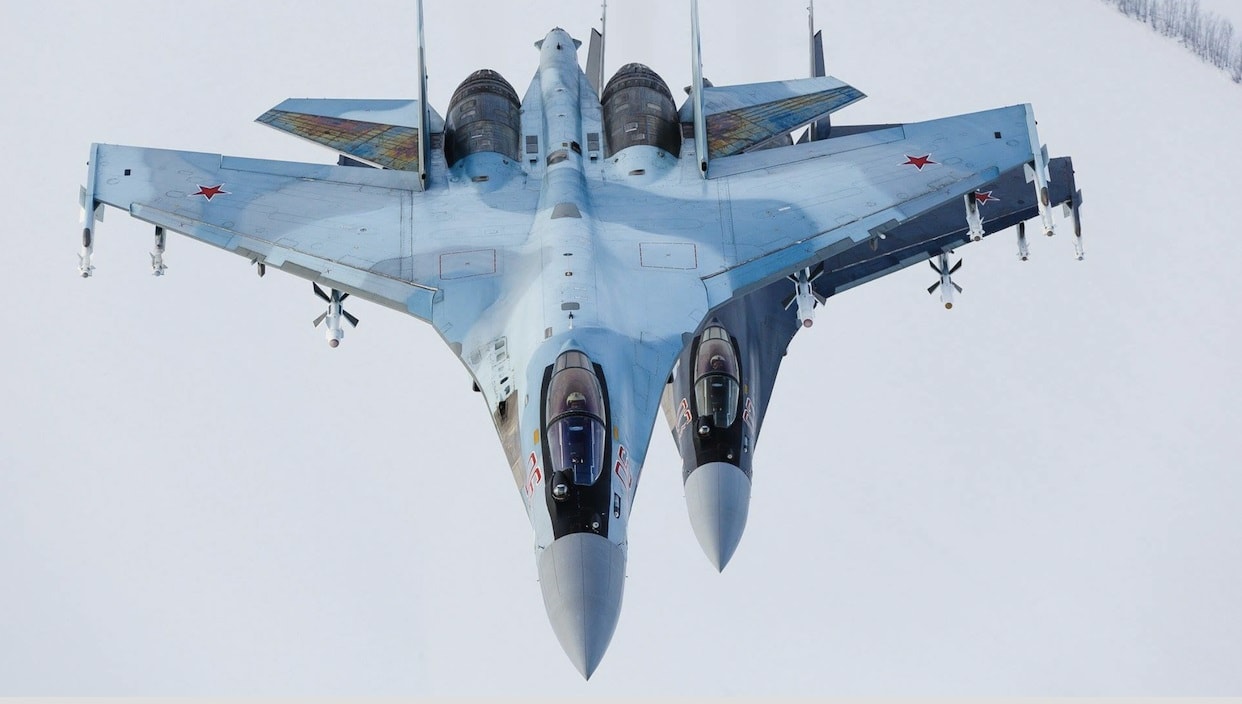US Treasury Deputy Secretary Wally Adeyemo has stated that US Sanctions are “hobbling the Russian defense industry’s ability to produce weapons, as well as replace those that have been destroyed in the war.
“Russia is running out of microelectronics critical to its military-industrial complex, and Russian officials are concerned that they don’t have enough foreign components. Two of Russia’s largest domestic microelectronics manufacturers have temporarily halted production due to a lack of critical, foreign technologies.”
He didn’t specify the type of microelectronics components or the weapon system that Russia could not produce.
Depleted Russian Inventory
As per official Ukrainian estimates, the Russian inventory of cruise and ballistic missiles is critically low. The estimates are based on the initial stock at the start of the war.
According to the General Staff of Ukraine, before the beginning of the Russian Military Operation on February 24, Russia had 900 Iskander-M missiles, 500 Calibre missiles, and 440 KH-101 missiles.
Following eight months of operations, the stocks of the missiles are estimated to have reduced to 123 Iskanders, 272 Calibre, and 213 KH-101.

Weapon stock levels are usually top secret, to which only a few select leaders are privy.
American intelligence had initially claimed that Russia would run out of Calibre missiles by March 20, 2022. It’s not clear whether the estimate proved woefully wrong because of the frugal consumption of cruise missiles on the part of Russians or the erroneous estimation of initial inventory.
More likely both, as well as the fact that production remains ongoing, not so severely hobbled.
Understanding The Impact Of Microelectronics Denial
US contention that the non-availability of US microelectronics has ‘hobbled’ production may be true for the time being. Still, it doesn’t imply that production will either come to a halt or remain hobbled.
Russia will likely switch to locally manufactured electronic components, and production will again pick up. Admittedly, replacing Western microelectronics with Russian electronics may take several months, but eventually, production will not just pick up. It will gather momentum and match the consumption levels desired by the Russian armed forces.
What needs to be understood clearly is that Russia can easily duplicate the functionality provided by Western microelectronic components. When you say an electronic component is more advanced, it implies that it is more miniaturized. Nothing more. It does not mean the component incorporates computing capabilities others cannot conceive of!
Of course, equivalent Russian components will be bulkier and heavier because Western electronic components are smaller and lighter than Russian ones.
High-end Western electronics are based on a chip technology roughly 10-15 years ahead of Russian chip technology. But there can be no doubt that a larger & heavier Russian chip or SOC will do all that its smaller Western chip analog does.
There is a penalty, of course, to be paid when using heavier & bulkier electronic components. You have to fit them in the missile or aircraft! This would entail creating space and reducing weight. Space can easily be created in anything that flies by reducing fuel load.
You must minimize fuel-carrying capacity if you have to put another cockpit in a fighter. The problem is less fuel and heavier weight will result in a lesser range.
In fighting against Ukraine, the range is not an issue for Russian cruise missiles and aircraft. Besides, Russia now has more advanced composite technology than when the missiles and aircraft in play were developed.
So it’s possible that the weight gain could be offset through increased use of composites.
Soviet Union’s Lead Over the US in Automation
Notably, the Soviet Union, which also lagged 10-15 years behind the US in microelectronics, consistently led the US in automation in spacecraft and fighter aircraft systems. Those who have flown Russian fighters know that for a fact.

Others have to go to YouTube and watch a video of the first and only touchdown of the Soviet Union’s auto-piloted Buran space shuttle.
The Buran autonomously flew into space, orbited the earth, and touched down on a runway after a flawless atmospheric re-entry. Despite a 38 mph crosswind, the Buran touched down only 3 meters laterally and 10 meters from the target mark.
In contrast, US Space Shuttles were manually piloted, US lead in microelectronics notwithstanding.
China Factor
If Russia were to share the design of its weapon system electronic components with a country more advanced in microelectronics than itself, then the bulk weight issues would be mitigated.
Also, the Chinese industry could produce those components faster than the Russian domestic industry. Arguably, the failure rate of Russian or Chinese electronic components would be higher than western components, in which case more missiles will go astray, which Russia could quickly compensate for by launching more missiles!
Increasing production is not an issue when you have the kind of natural resources Russia has. Chinese help in producing electronic components for Russia could easily be surreptitious and deniable.
There is also the black market. Production records, in the West or East, North or South, are neither accurate nor proof against manipulation. So there is always a thriving black market, which too is demand-driven: more demand, more manipulation, and bribery, more availability. The world is not full of saints. If it were, there would be no war in Ukraine!
As claimed by the US, Russian weapons manufacturing capability has undoubtedly been ‘hobbled’ for the time being. But whether that leads to a halt in production and subsequent Russian defeat is not something you can bet on at this stage.
- Vijainder K Thakur is a retired IAF Jaguar pilot. He is also an author, software architect, entrepreneur, and military analyst. Views expressed here are of the author’s.
- Reach out to the author at vkthakur (at) gmail.com
- Follow EurAsian Times on Google News




